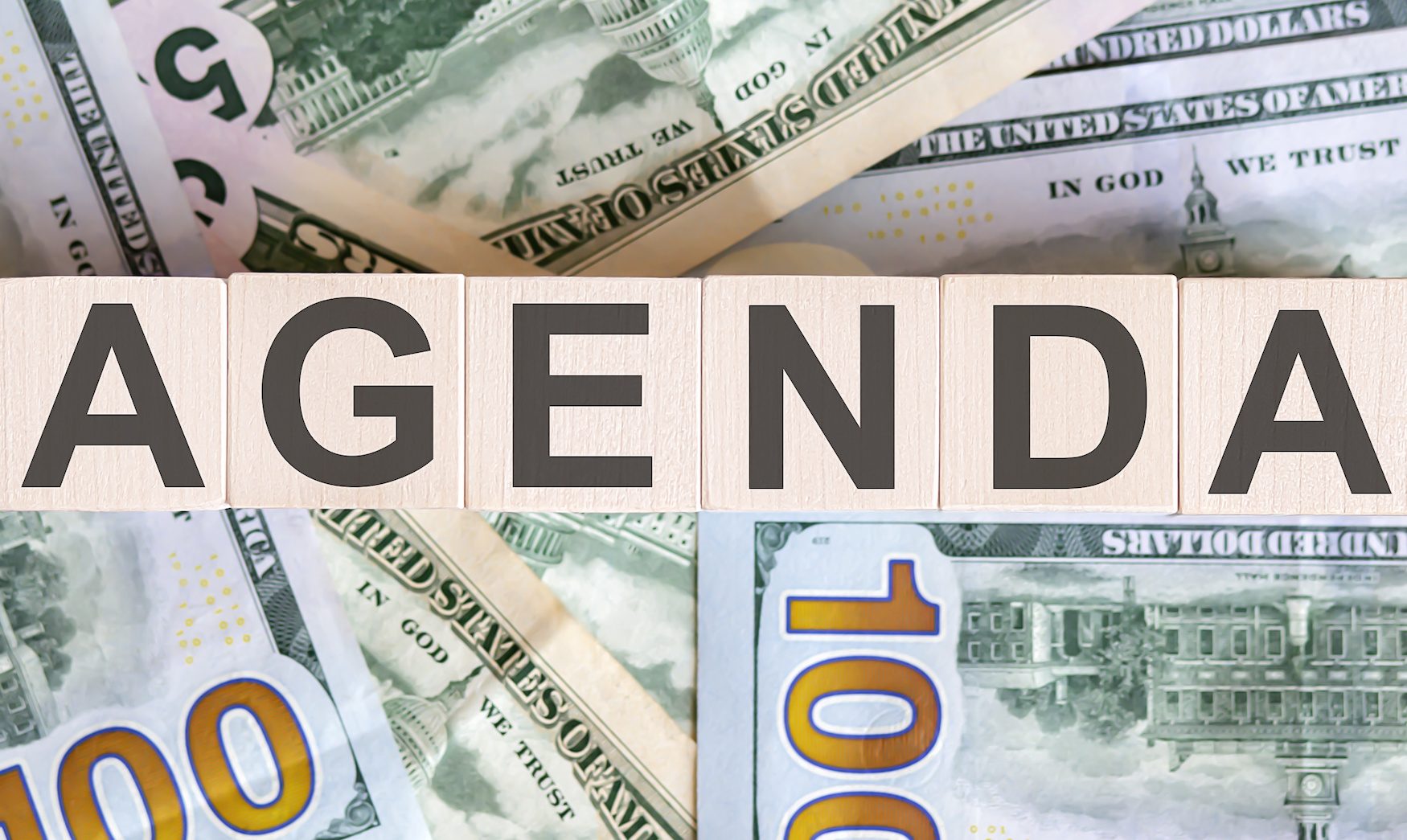
Public Misunderstands the Fed Agenda
The Public Misunderstands the Fed Because of the Non-transparency of Its Actions. This Group of Criminal Bankers is Intentionally Deceiving Us.
The public misunderstands the Fed and its function in our so-called democracy. This misunderstanding is not entirely the public’s fault.
When the media speaks of the Fed it implies a reference to a number of different agencies which the public is left to discern.
While the Fed is an acronym used for the Federal Reserve System, it is also a term used widely by the public to describe the U.S. government and its various Federal agents and agencies.
The confusion of the use of the term can be cleared up with an public understanding that the Fed stands for the Federal Reserve System.
The Reserve System is a system of privately owned central banks that are connected to the U.S. Government by a presidentially appointed Board of Governors.
Because the only public view of the Fed is this Board of Governors, the public mistakenly believes the Fed is a Government controlled agency instead of a private organization.
Additionally, the public misunderstands the Fed and its lending role in the U.S., in part, because it is not transparent to the public.
Obama and Transparency
Adding fuel to the confusion of Federal spending is that the Fed is not accountable to the people.
The agents and owners of the central banking system are not elected officials, but rather private individuals like any other corporation in America.
While still a Senator, Obama supported a bill to allow transparency of the federal spending habits of the government.
The concept of the bill was to give everyone free access to a major database to see where Federally funded taxpayer money was being spent.
Understanding the Fed
The public misunderstands the Fed and its authority to create money.
Few people understand that when a spending bill is passed in the Congress the government then must go to the Fed and borrow the money they have voted to spend.
The Fed will then ask the U.S. government how they want the money, in a check drawn on itself, or a line of credit, or in US dollars.
Although the Mint, which makes and prints the U.S. dollar and our coins, is a federally owned government operation, the majority of money placed in circulation is not in the form of U.S. dollars but in the form of a Fed check or credit.
Most Americans do not understand that the money printed by the Mint does not belong to the U.S.
Because Congress gave away its duty to make money to the Fed in 1913, the money printed by the federally owned Mint is by permission of the Federal Reserve Bank whom the U.S. government went to, to get the loan.
Is a Change Needed?
The government, who owns the Mint and prints U.S. dollars and coins, has no authority to create money using the Mint unless and until it borrows this money from the Federal Reserve Bank.
This ridiculous set-up of printing our own money via the Mint but only after receiving an approved loan from the Fed adds to the public misunderstandings of the Fed.
If our government already has the means, via the Mint, to make money then why does it not rescind The Federal Reserve Act of 1913 and return oversight and control to the U.S. government instead of borrowing money with interest indebting America to a private corporation?
Public education of how our money system works is the only avenue to combat the incompetence of the U.S. government to manage our tax money that they demand and collect every year.
It is a mistake to believe one must be an economist to understand the relationship between the Fed and the U.S. government.
It is a simple process. The U.S. Congress gave away our right to create our money to a private company so now we, the government, must go to the Fed to borrow our own money that we print at the Mint.
That is outrageous!

 My First Amazing Ayahuasca Experience
My First Amazing Ayahuasca Experience  Pine Needle Tea
Pine Needle Tea  The REAL Controllers of Humanity: The Papal Bloodlines
The REAL Controllers of Humanity: The Papal Bloodlines  Is it Global Warming or Cooling?
Is it Global Warming or Cooling?  Gun Rights and Obama Examined
Gun Rights and Obama Examined